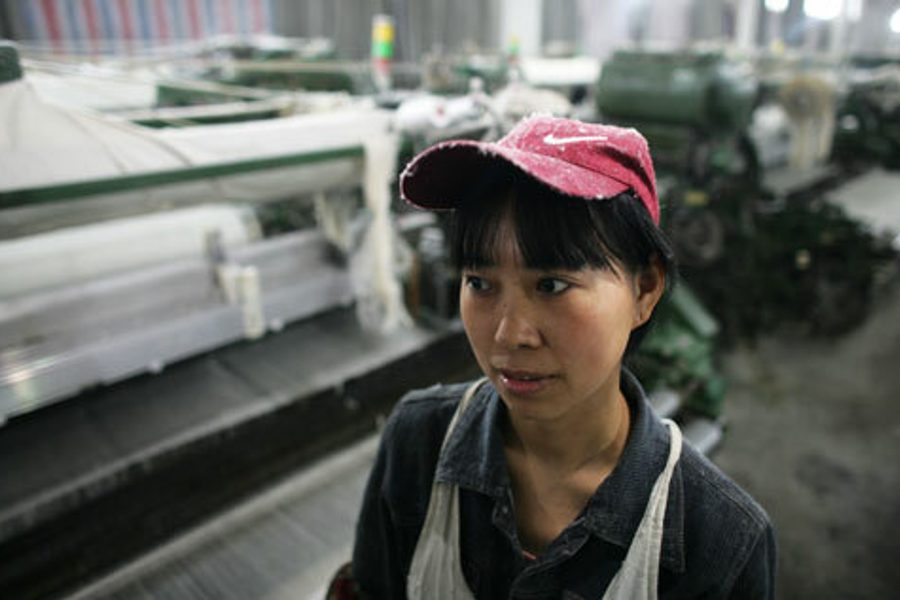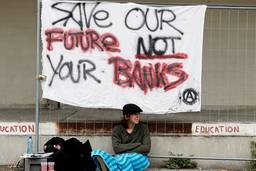
In response to the financial crisis, governments around the world have spent “stimulus” money to promote job growth through infrastructure developments. Unsurprisingly, the success of these funding programs tends to be gauged in economic terms. But a top UN official says that nations should consider gender equality when determining which sectors stimulus money goes to, in order to guarantee economic opportunities for women.
Speaking at the 14th Asian Pacific Economic Cooperation meeting in Bangkok this month, Noeleen Heyzer stressed the need to pursue socially equitable policies as a crisis response, a suggestion intended to link economic development to women’s rights in Asia. The recommendation comes on the heels of the Global Jobs Pact in Junem when UN member states adopted social and economic tenets intended to stimulate recovery.
Heyzer, who serves as the United Nations Under-Secretary-General of the Economic and Social Commission for Asia and the Pacific (ESCAP), noted that Asia has the second highest ratio of employed women in the world — 49 percent. Yet the troubling times in Western countries have rippled into Asia, a predominately export-oriented market. The falling demand in exports has been particularly trying in Asia, especially in the manufacturing industries where women are a majority.
While both men and women have found it increasingly difficult to find jobs, governments are hoping that fiscal stimulus packages focusing on infrastructure and public works will spur employment. But Heyzer notes that most of these jobs are in the construction sector, where males hold up to 90 percent of the jobs, which is why she says it’s important to cast a wide net beyond infrastructure.
Increasing stimulus funding in sectors such as health, education, agriculture, and strengthening micro-financing institutions, would also create employment opportunities for women. The financial incentive to invest in gender parity is significant: According to an ESCAP report, restricting employment opportunities for women costs Asian and Pacific countries between $42 billion and $47 billion yearly.
The UN’s International Labour Organization estimates that 9 million women could be unemployed this year, bringing the total number of women without work in the Asia Pacific to 38 million. Heyzer says this lack of work has propelled many women to find unstable temporary, seasonal or contract work without benefits:
“Women have, in fact, emerged as the flexible labour force par excellence. However, their entry into the workplace has also coincided with trends towards outsourcing and subcontracting; relegating women’s jobs to the informal sector without any job security or benefits. The inherent risks of this positioning are now becoming apparent as the economic crisis unfolds.”
The financial meltdown has exacerbated global food shortages and climate change problems. As countries move forward to address these problems, along with their troubled economies, they should be mindful of how these crises are impacting the lives of women and the work they do.







